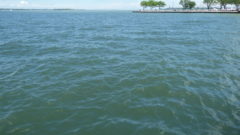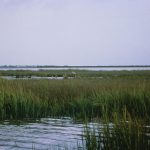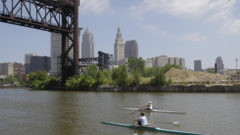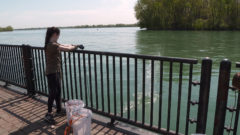Amendment to Clean Water Act improves Great Lakes through critical observation, collaboration

From fishing to enjoying a summer day at the beach, the Great Lakes provide enjoyment, comfort and a sense of home to the region. But these bodies of water were not always secure, as the lakes and connecting rivers were considered dangerous due to high pollution spots.
The Great Lakes region has seen some of the most historic river fires.
Great Lakes Now
https://www.greatlakesnow.org/2023/08/amendment-to-clean-water-act-improves-great-lakes-through-critical-observation-collaboration/




